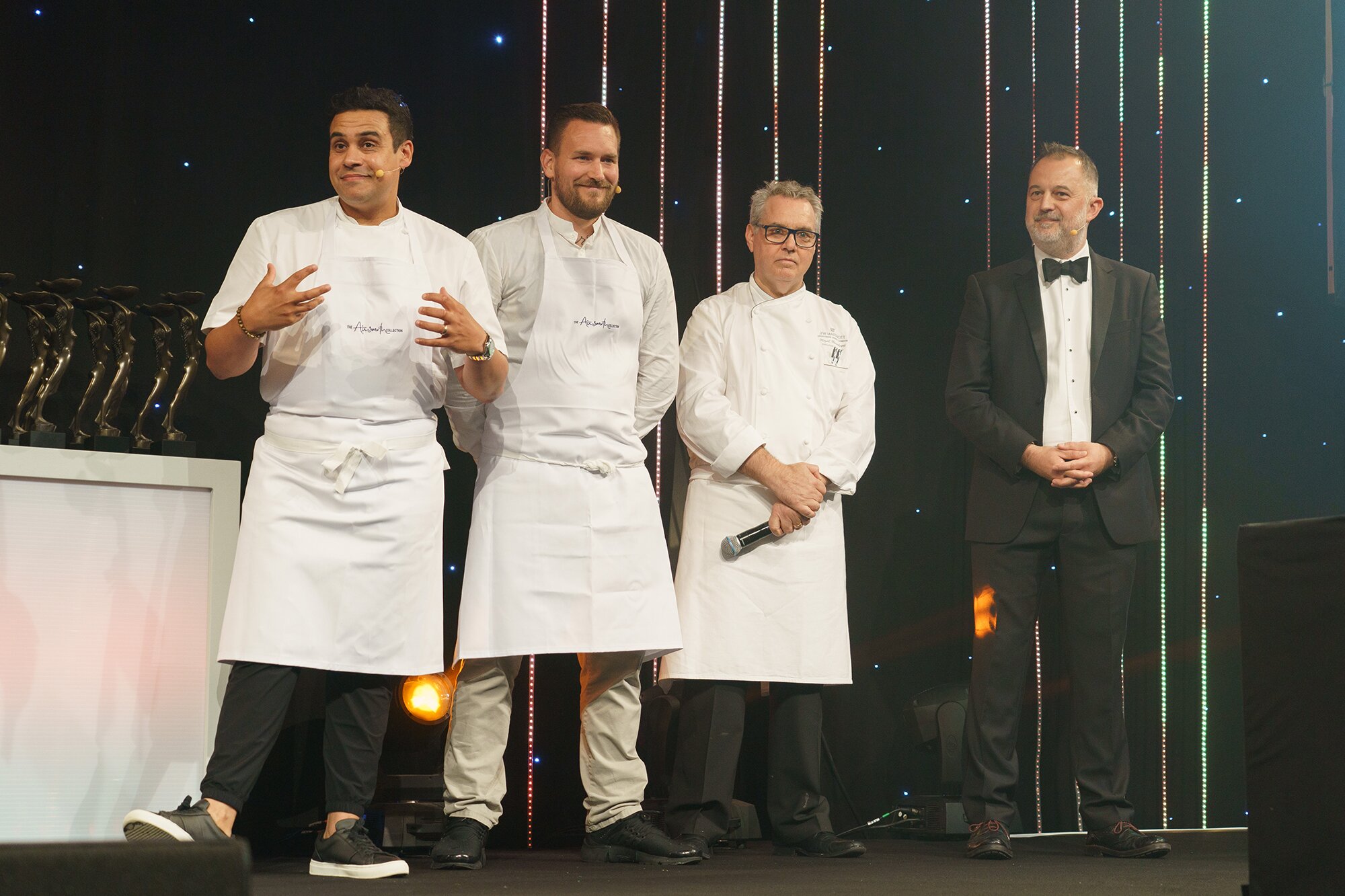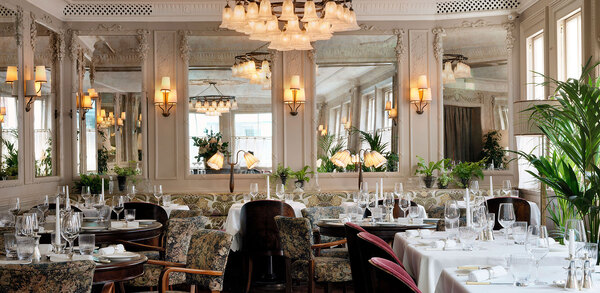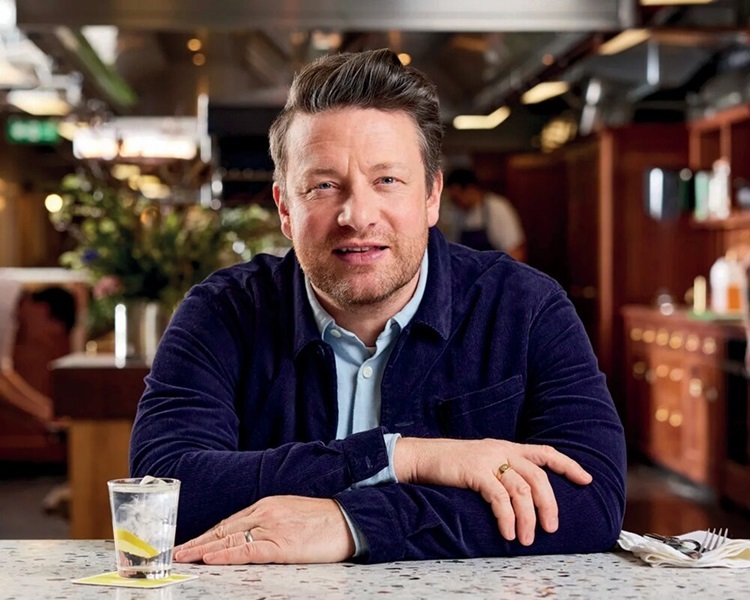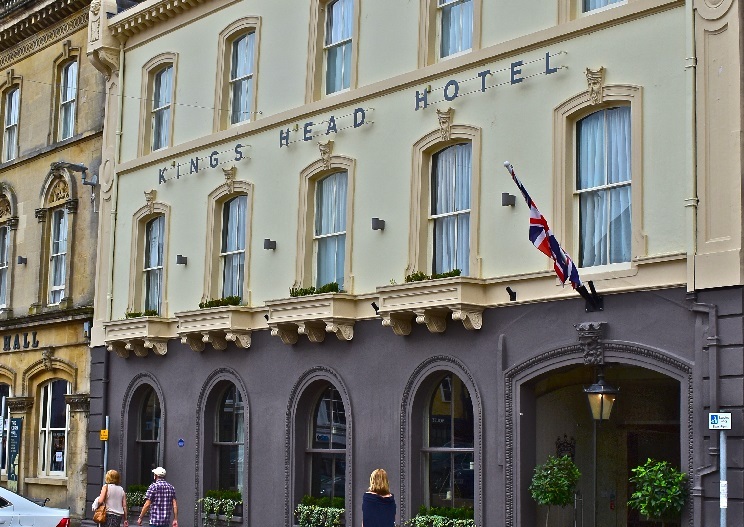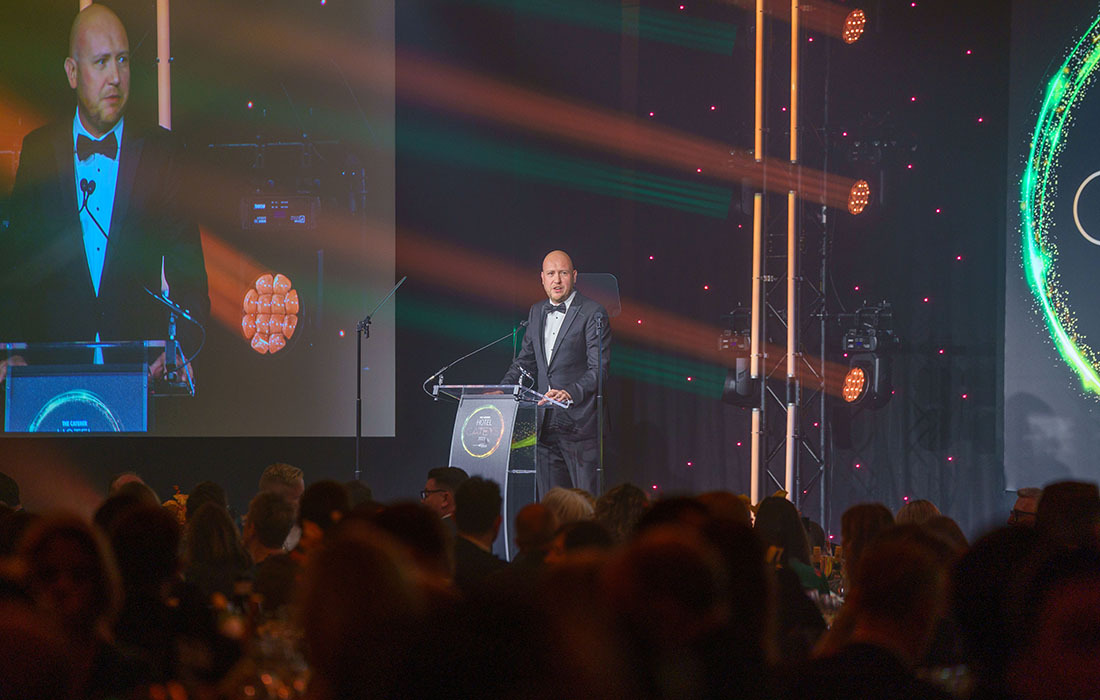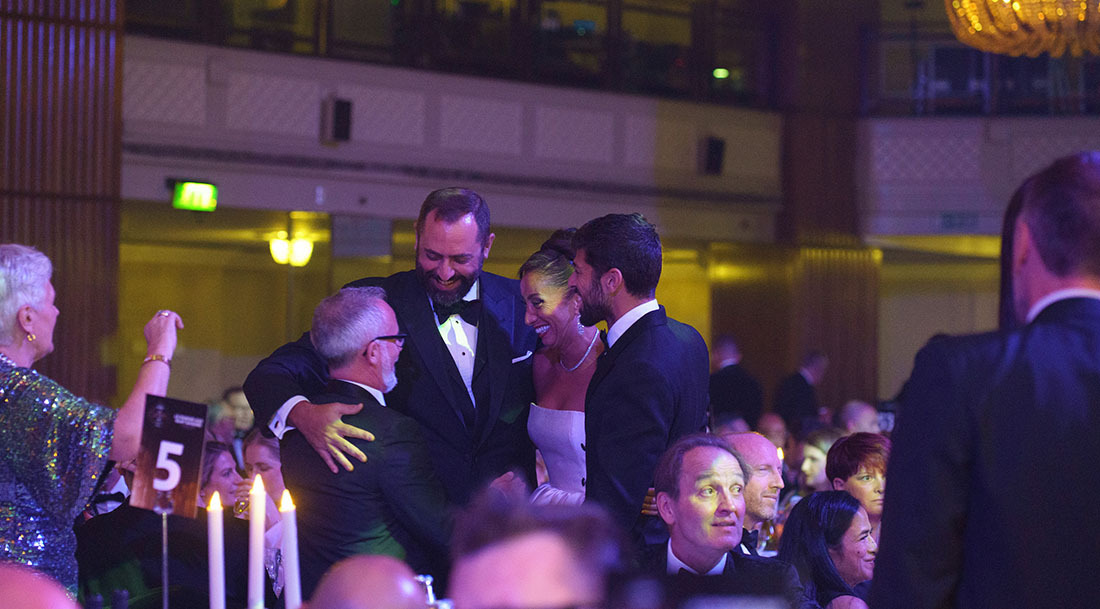How Paul Ainsworth created a menu full of comfort for the Cateys 2021
Paul Ainsworth’s menu of elevated comfort food was exactly what Cateys guests needed after a turbulent 18 months for hospitality. The Cornwall-based chef speaks to James Stagg about creating the dishes and the challenge of cooking for more than 800 people.
Paul Ainsworth always intended his Cateys menu to be his way of putting his arms around the industry. But little did he know when he planned it quite how much it would need that comforting hug.
Having won two Cateys in 2019 – Chef award and Independent Restaurateur – Ainsworth was originally asked if he would be willing to cook for Cateys attendees in 2020. When the pandemic meant this wasn’t possible, we persuaded the chef, who had a full summer diary, to take on our 2021 event in September.
“I remember when I got the call, driving along the M25, and I just remember that feeling,” Ainsworth recalls. “To win a Catey is something, but being asked to do the food is a huge opportunity. I’ve sat there at the Cateys and seen so many great chefs do it.”
To win a Catey is something, but being asked to do the food is a huge opportunity
In a year that has been tough for every operator, all of whom have been fighting to resurrect their businesses, Ainsworth was not only determined to honour the commitment he’d made but also to give the industry something to remember. Little did he know when he devised the menu in 2019 that his approach of elevated comfort dishes would prove so appropriate.
“We took a bit of a gamble on the menu, as chefs typically go down the fine dining route. And I wondered how a ploughman’s, cottage pie and trifle would be received, but it seemed to be the perfect year to do it. This was our hug for the industry.”
It wasn’t just the food from the Mariners that Ainsworth and his executive chef John Walton wanted to recreate. The pair had a plan to turn Grosvenor House into the pub in Rock, Cornwall, with menus as they would be presented in the pub, music from the Mariners playlist and table numbers featuring the pub’s sign, which depicts Ainsworth’s grandfather – the last Ainsworth in his family to make a living from the sea.

The dishes themselves seem relatively straightforward, but nothing is simple when it comes to cooking for over 800 people in Grosvenor House. Add into the mix the staffing challenges that Grosvenor House’s executive chef Nigel Boschetti was battling, and Ainsworth knew he and Walton would have to dig deep to make it happen.
“We’ll always make it happen and go out of our way,” he says. “The team that Nigel had, particularly Said Jabrany, Ian Boxall, Neil and James, really looked after us. There was a fantastic energy in the kitchen from all the team. It was really humbling and enjoyable.
We’ll always make it happen and go out of our way
“Nigel was phenomenal. I’m not an expert in serving so many people in one room but he was so passionate about making the whole experience incredible.”
On the plate
The meal itself started with a humble ploughman’s. Simple, you might think – until you appreciate all of the individual elements. This dish included three-year-old Davidstow Cheddar, draped with Cornish coppa ham and accompanied by a scotch St Ewe egg, cassis pickled onions and piccalilli relish.
Ainsworth planned for the salad to go on the plate as it was leaving the kitchen, but details such as vintage Cheddar had to be plated five hours early and get up to room temperature to ensure diners got the best from it. It was the same case for the Cornish coppa ham from Duchy Charcuterie. “I wanted that fat to melt onto the cheese,” Ainsworth says.
“I remember in the afternoon, John went on cottage pie and I went on ploughmans. I have to say it felt like it was never going to end. The piles just never seemed to reduce!
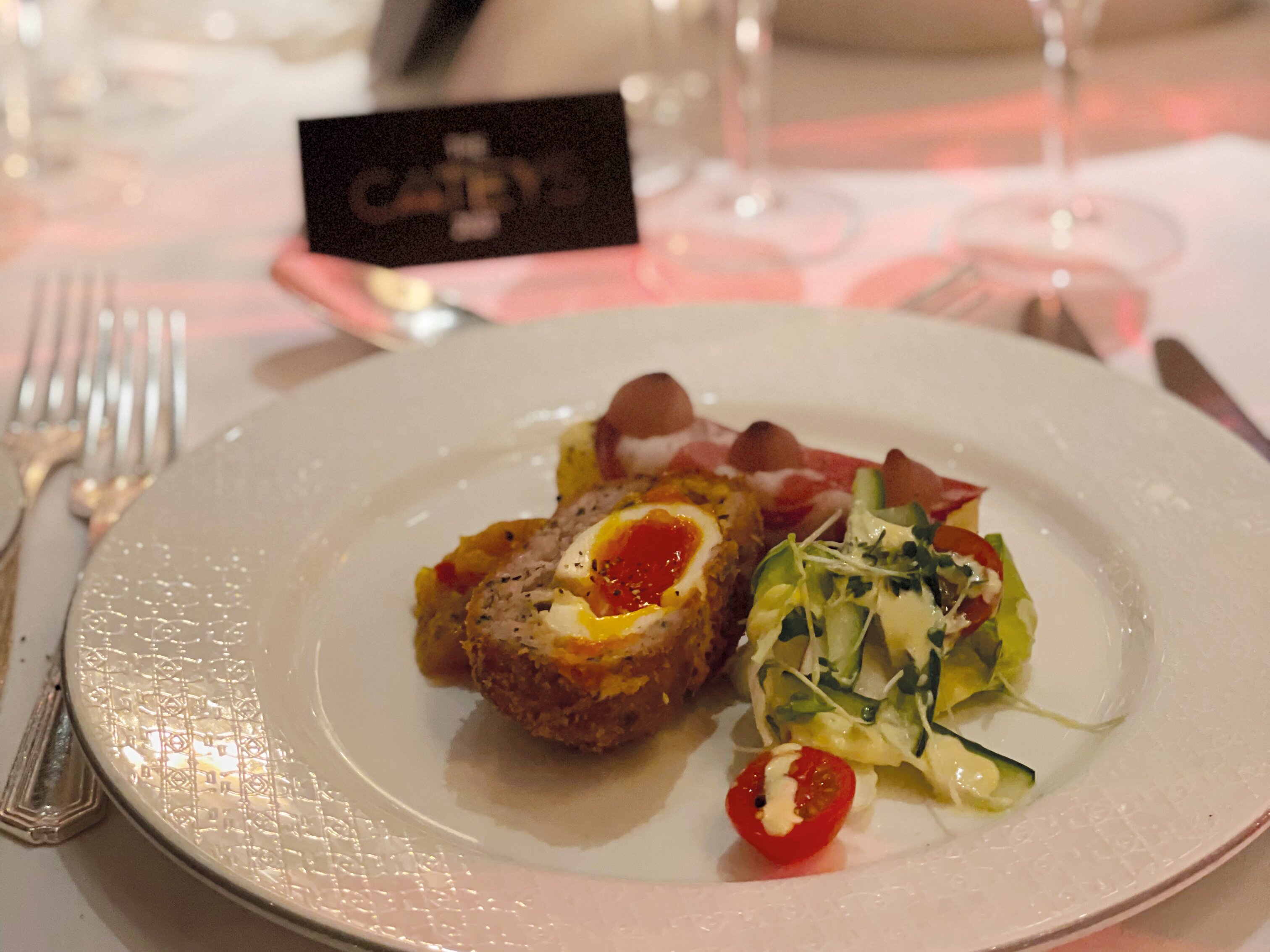
“We brushed all the Cheddar in truffle honey, which went on with ham on top. Then I did every single quenelle of piccalilli, then the three pickled cassis onions on top of the ham. We agreed with Nigel we’d add the Baby Gem taco with the salad, triple mustard mayonnaise and mustard cress in service on the away. Even that – trying to get the salad on top – was bonkers. But we were all getting stuck in.”
The ploughman’s was served with Coombeshead Country sourdough bread, which presented another challenge, as each loaf had to be sliced just before guests arrived.
“The Coombeshead loaf is a delicious bread, but we put it back in the oven to get an even darker crust. Believe me, it’s a workout slicing it. Nigel looked at me and said, ‘next year we’re back to bread rolls’! But front of house loved me for it,” Ainsworth admits.
Walton, who had been at Grosvenor House for four days before the event to ensure every- thing went to plan, took full responsibility for the Cornish cottage pie, from sitting in on ordering 185kg of beef featherblade with Boschetti, to weighing the finished ragù into bowls.
“Working with volumes like that is not what I’m used to,” he explains. “We cook ragùs in small pans of a few kilos at a time, but at Grosvenor House I was doing hundreds of kilos in huge brat pans. It’s difficult as recipes change when you multiply them up, so there was a lot of work required to make sure they tasted right. That’s where it needed our touch, as we could taste the dishes as they were progressing.”
The weekend before the event Walton set about organising the beef ragù: brining the featherblade of beef for 10 hours before slowly confiting it in duck fat and aromats, including garlic, thyme, rosemary and bay. It was then broken into large chunks and folded through a ragù base.
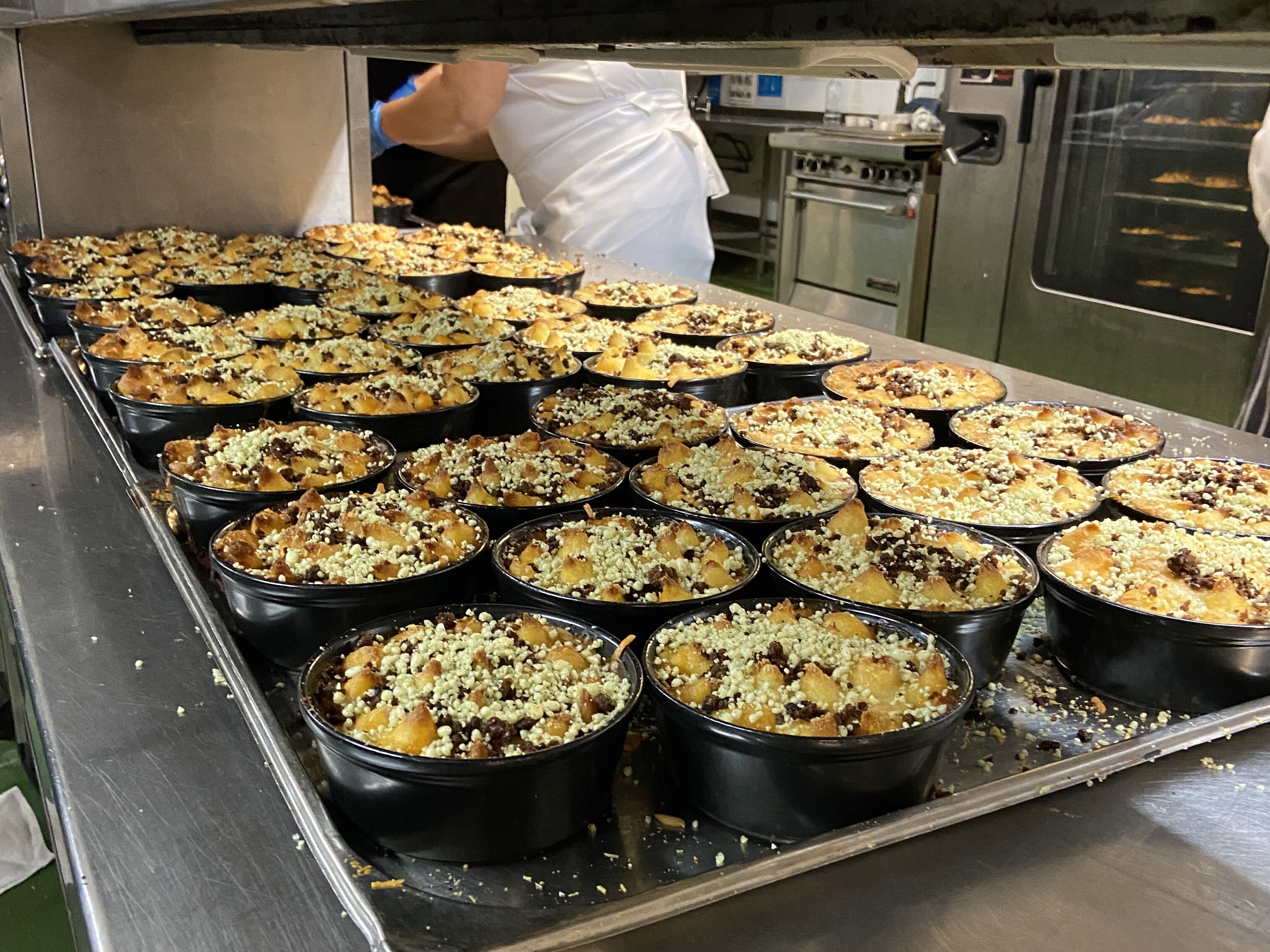
“The ragù base starts with smoked bacon, into which is added a small dice of onion, carrot and celery,” Walton explains. “It’s all cooked off hard and then we add a bouquet garni, a little tomato purée and a lot of red wine to get some depth and body, then some fresh tomato concasse and tomato passata, which is reduced right down before being reduced again in beef stock.”
The ragù is finished with Cabernet Sauvignon vinegar and Cornish seaweed, which is cooked in a dashi broth and added to the unctuous filling. That was all then placed into pots and finished with celeriac mashed potato, loads of Davidstow Cheddar and Parmesan.
“For texture we roast some minced beef and sprinkle the crunchy beef on top, along with puffed potato finished in seaweed powder,” Walton adds.
The pie was served with a salsa verde on the side, the result of Walton picking hundreds of bunches of parsley, basil and mint alongside one other chef in the kitchen.
This was followed by the Mariners trifle, an indulgent blend of poached Mevagissey strawberries, hibiscus jelly, vanilla custard and hundreds and thousands.
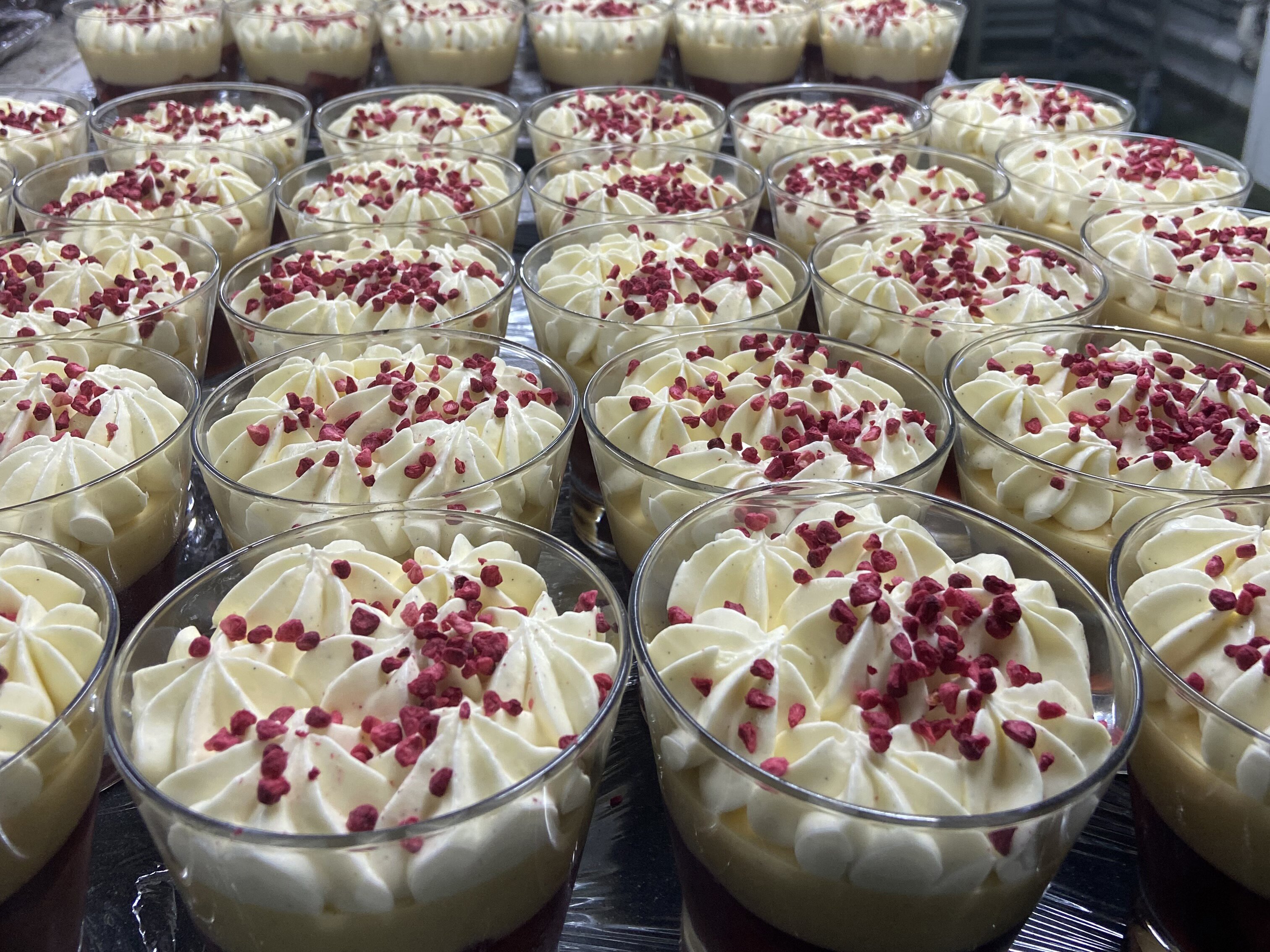
“Credit must go to the pastry chef, Anthony Hurst,” Ainsworth says. “He really did us proud. There was a serious amount of custard to make and we are very particular that the set has to be right. When we designed it, we wanted it to have flavour and the right texture. So it’s a mixture of whipped cream, marscapone, crème fraîche and cream cheese, with wonderful levels of acidity and some extra richness from the mascarpone. Then we flavour with Grand Marnier, fresh vanilla and orange zest. It’s lots of work when you factor in poaching the strawberries, too.”
For a take-home treat, guests were presented with chocolate from Cartografie, a new chocolatier founded by Daniela Nunzi-Mihranian, Kae Shibata and chef Sven- Hanson Britt, wrapped in Ainsworth Collection branded packaging. It meant that even on leaving, guests were left with a warm glow, with a memento that reminded them of a special night for the Cateys and Paul Ainsworth and his team.
##Paul Ainsworth
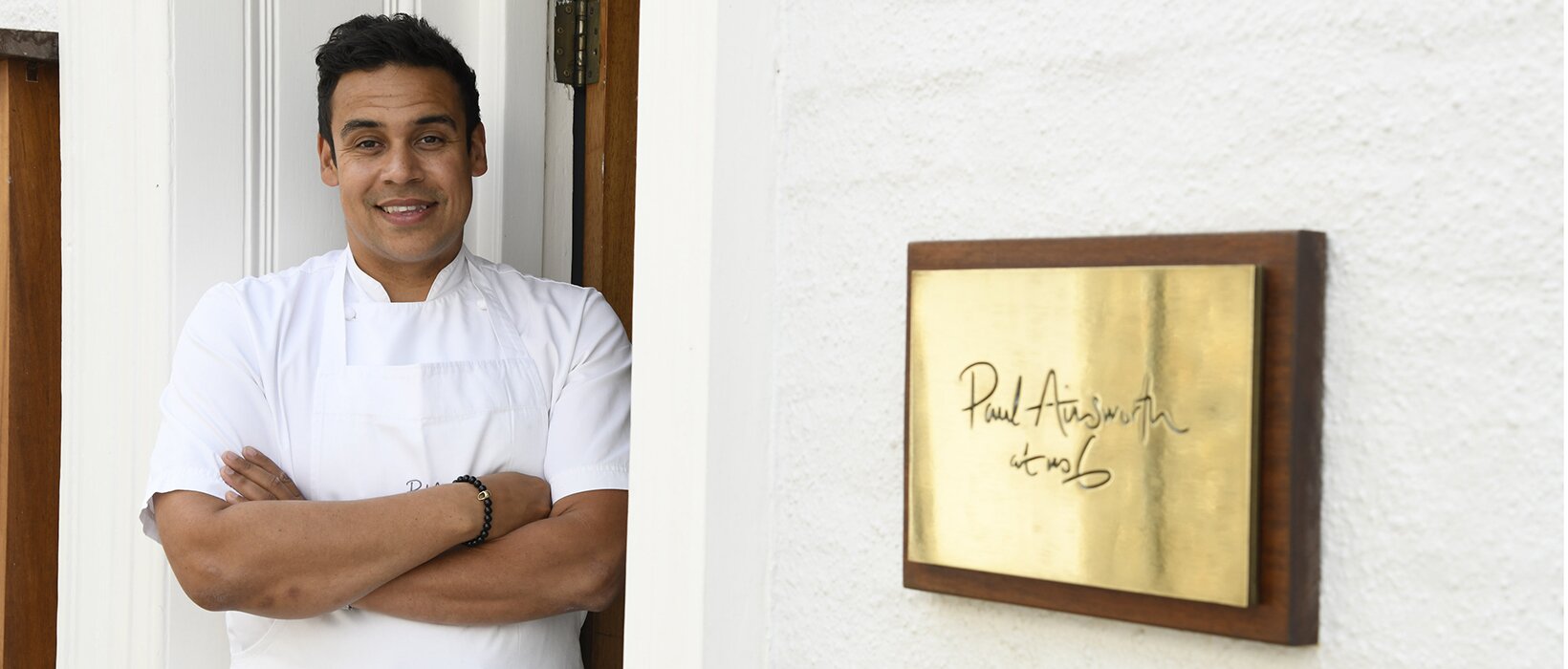
Paul Ainsworth was born into the hospitality industry. Growing up in and around his parents’ guesthouse in Southampton, he developed a strong sense of hard work and a passion to succeed.
On leaving school, Ainsworth studied catering and hospitality at Southampton City College. In 1998, he got his first big break when his college tutor helped him to secure a job at Gary Rhodes’ Michelin-starred Rhodes in the Square in Pimlico, London. Ainsworth moved on to work with Gordon Ramsay at his three-Michelin-starred restaurant on Royal Hospital Road, followed by stints working with Marcus Wareing at Pétrus and the Berkeley.
After six years with the Gordon Ramsay Group, Ainsworth was invited to head up the kitchen of No 6 in Padstow. Three years later, in 2009, Ainsworth and his wife Emma took over the restaurant and relaunched it as Paul Ainsworth at No 6. The restaurant has held a Michelin star since 2013.
In 2010, the Ainsworth’s acquired Rojano’s, and, with a nod to mentor Gary Rhodes, relaunched it as Rojano’s in the Square. This was followed by Padstow Townhouse in 2015, while in 2018 the Paul Ainsworth Academy was launched in partnership with Truro & Penwith College, offering hospitality students paid experience across the Ainsworth businesses. In 2019, the Ainsworth’s reopened the Mariners Public House in Rock, Cornwall, and Mahé Chef ’s Table in Padstow.
Paul Ainsworth celebrated two wins at the 2019 Cateys for Restaurateur of the Year – Independent and the Chef Award – while this year has seen the launch of Paul Ainsworth’s Travelling Feast, a moveable food, drink and music festival that toured the Cornish coast. He has most recently launched a podcast called ‘Knives, Forks and Tunes’, where he brings together three ingredients for the ultimate dinner party: the menu, the music and the conversation.
Selecting the wines, by Nick Zalinski, Matthew Clark
Pongrácz Brut NV
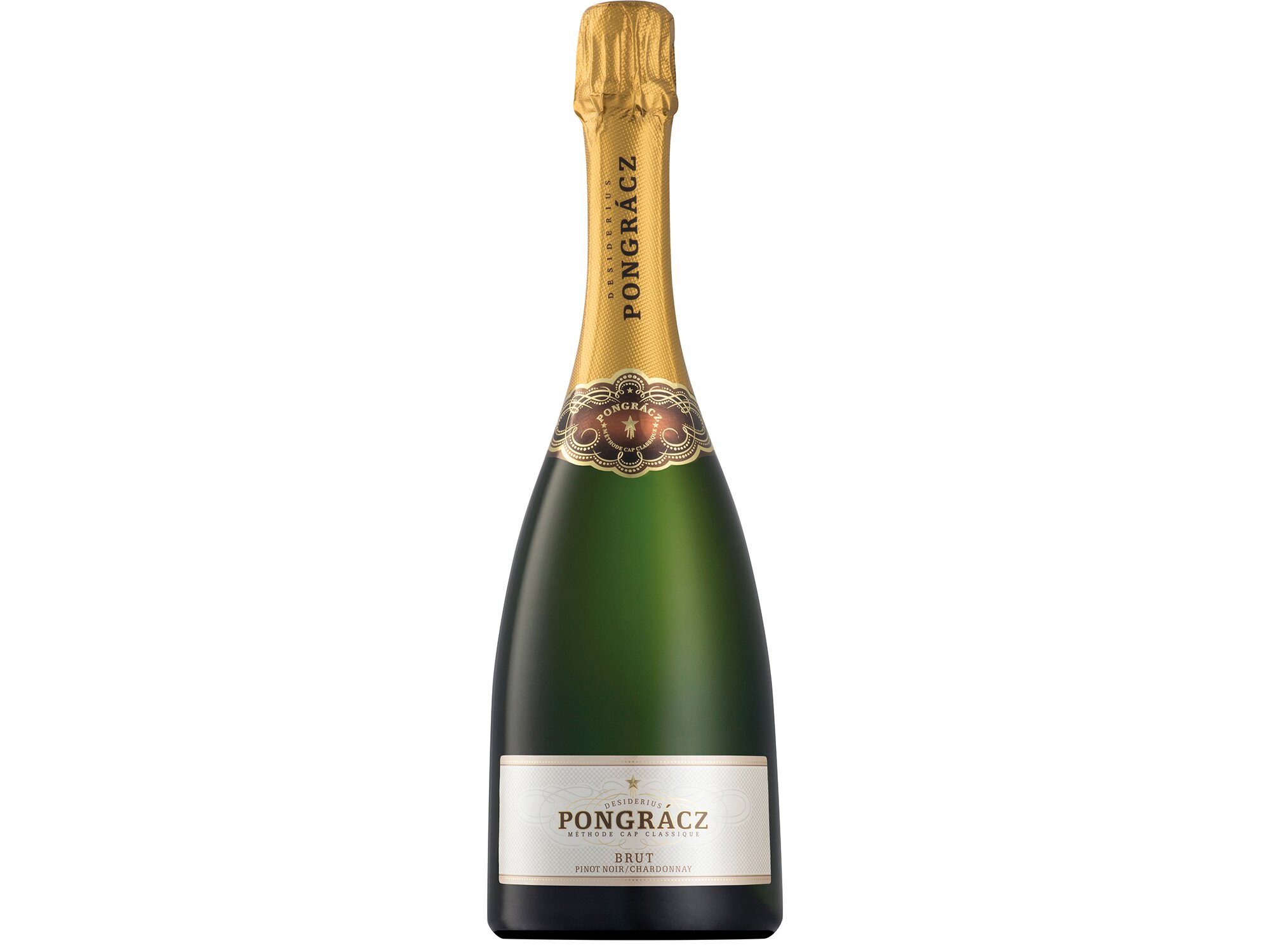
Served to guests on arrival, this is one of South Africa’s finest Méthode Cap Classiques. Pongrácz Brut NV combines the classic Champagne varietals of Pinot Noir (60%) and Chardonnay (40%) to produce a delicate yet lively fizz with a ripe fruit and biscuity character and a long, lingering finish. It was inspired by Hungarian refugee Desiderius Pongrácz, who revolutionised winemaking in the Cape and was instrumental in introducing these varietals to the region.
Barnabé Oak-Aged Chardonnay, 2019
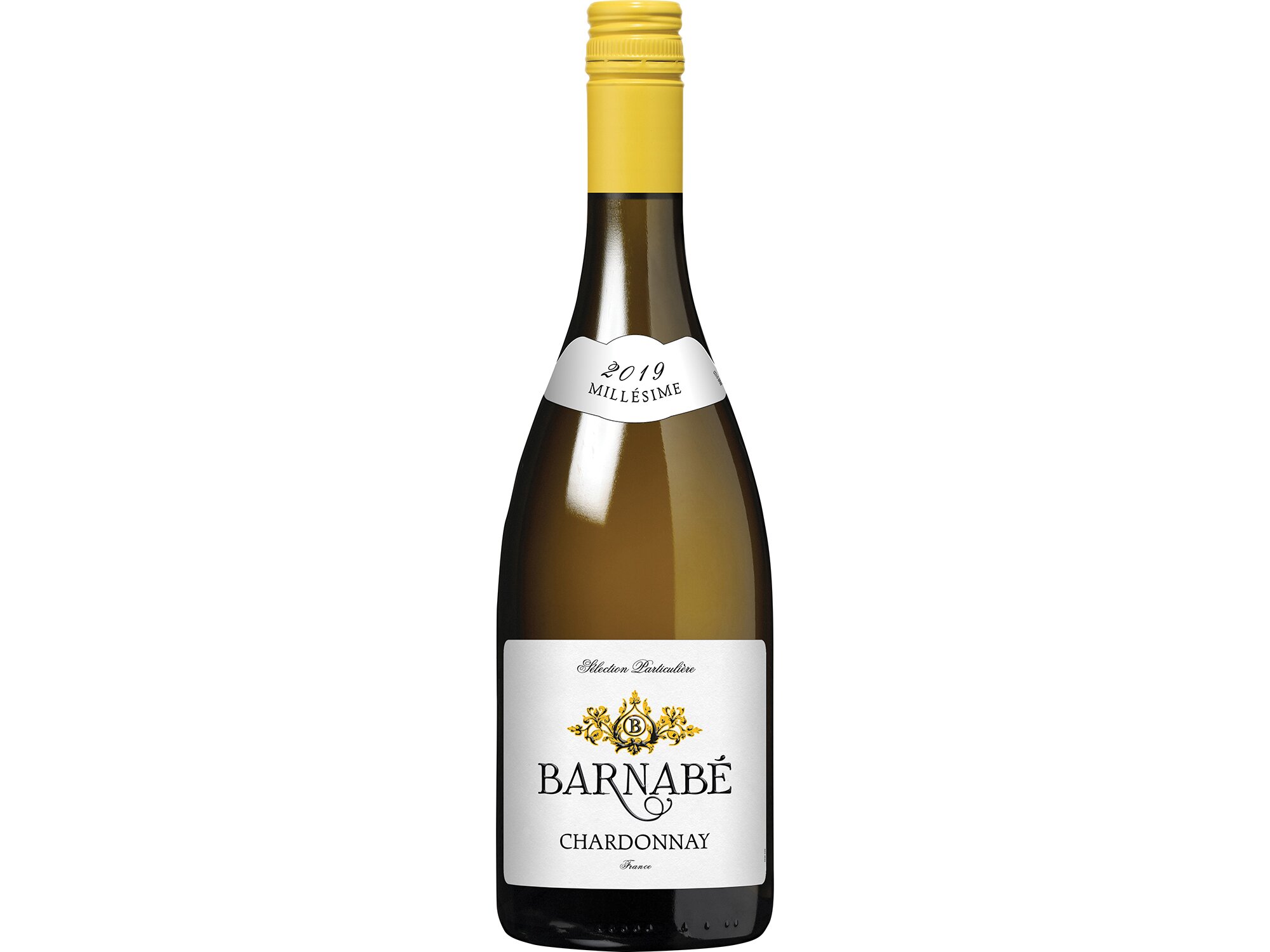
Named after Barnabé, the head winemaker’s third son, the grapes for this excellent Chardonnay, which was served with the Mariners ploughman’s, are sourced from the Languedoc region – specifically the villages of Cruzy and Cébazan, located close to Saint-Chinian. A third of the blend is oak aged for fermentation and maturation in medium toast French barrels (five months), which adds complexity to the finished wine. Juicy and well balanced, it shows fresh citrus and green apple on the nose, with buttery creamy notes typical of Chardonnay on the palate and a hint of vanilla from the oak ageing.
Château Labrande Cahors, 2018
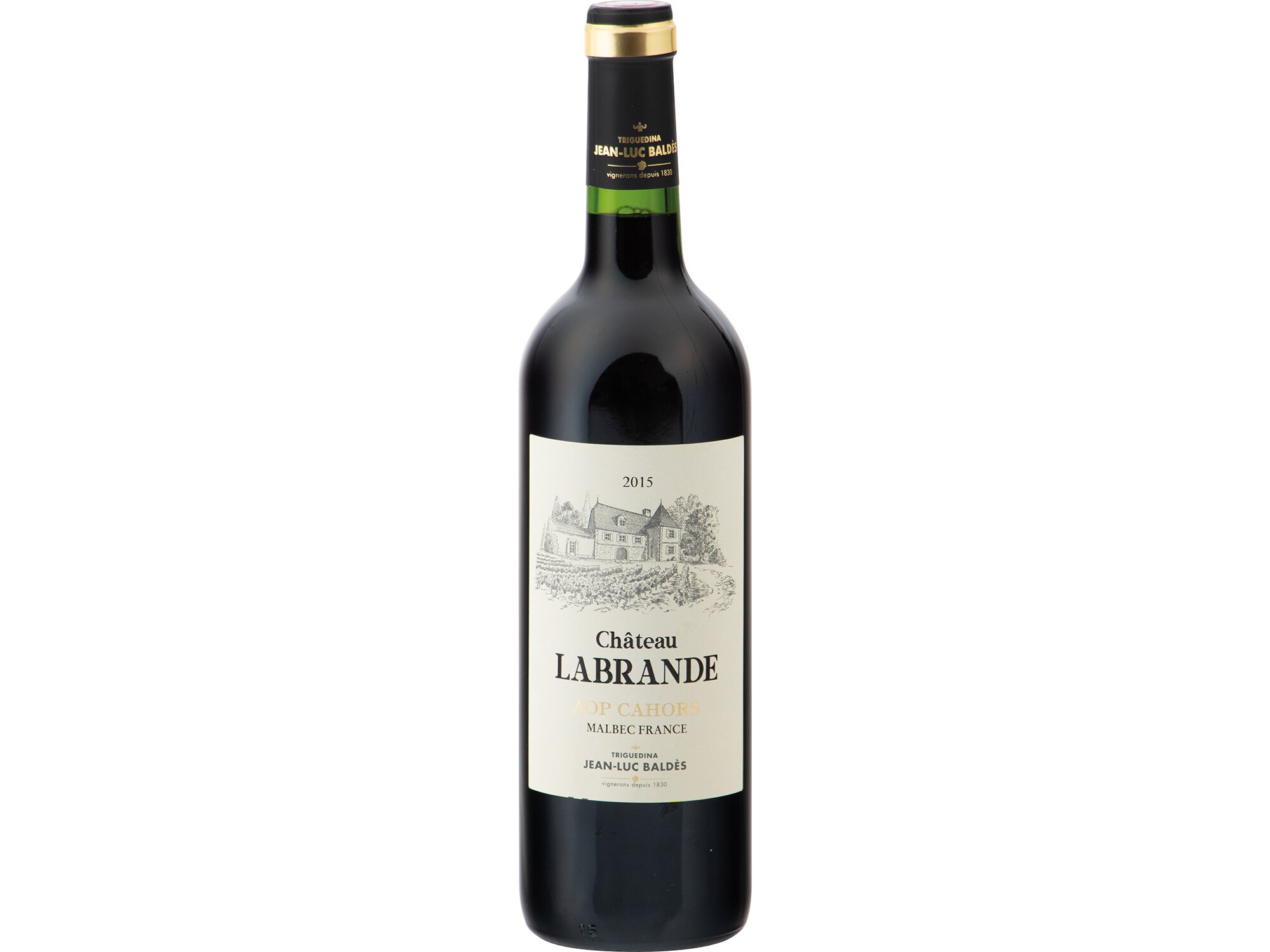
Served as a bold accompaniment to the Cornish cottage pie, this Malbec is from the grape’s original home in France – and in particular the small Cahors region in the south west of the country. This fantastic example of Cahors Malbec from Château Labrande offers intense flavours of blackcurrant, blackberry and raspberry with a full, fruity palate and soft tannins on a velvety smooth finish.
Errázuriz Late Harvest Sauvignon Blanc, 2019
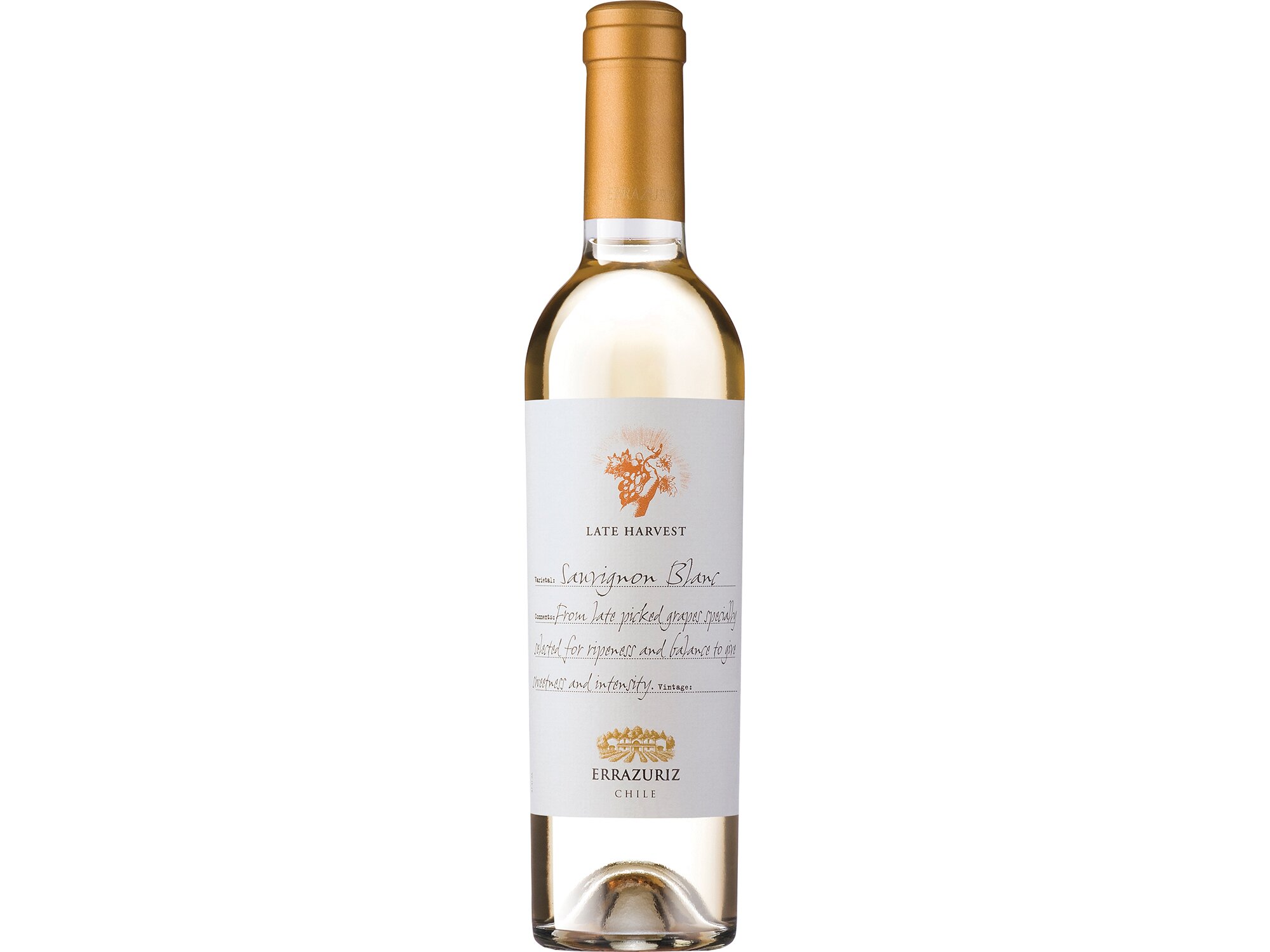
The best meals always finish with something sweet – and this holds true for the wine as much as the dishes themselves. What better way to complement the Mariners trifle than a late harvest Sauvignon Blanc? This delicious Casablanca Valley is from Chile’s renowned producer Errázuriz. Grapes from the estate’s ‘La Escultura’ vineyard are handpicked late in the season, with the most suitable bunches selected only when sufficient Botrytis has naturally increased the sugar levels, resulting in concentrated flavours of honey, raisin and dried apricot.



